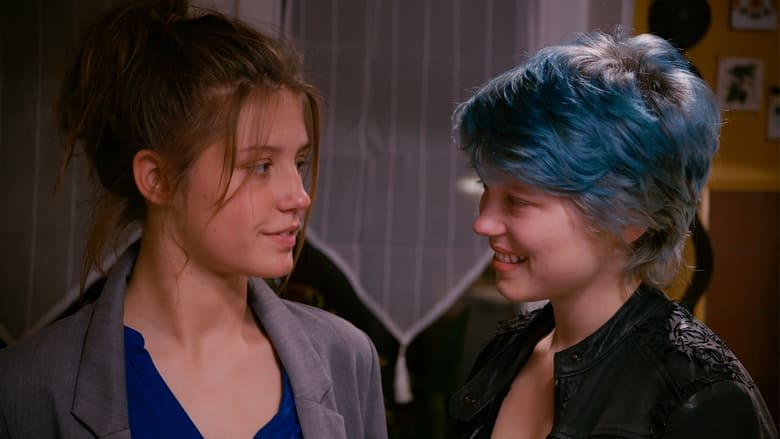Films that push boundaries: explicit movies to watch
Some films dare to delve into sensitive subjects with unflinching honesty, pushing artistic boundaries. This list explores movies known for their explicit content, challenging viewers and sparking discussion.
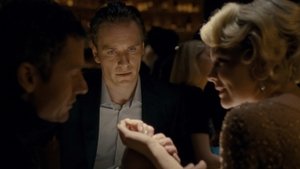


Filmmakers throughout history have used explicit content not merely for shock value, but as a tool to explore the depths of human experience, desire, and societal constraints. Movies in this category often confront themes that are taboo or difficult to articulate through conventional means, using directness to evoke powerful emotional responses or portray uncomfortable truths.
Directors like Stanley Kubrick with Eyes Wide Shut or Lars von Trier in the Nymphomaniac volumes, demonstrate how explicit elements can be integral to the narrative and character development, rather than just gratuitous additions. These films often spark significant debate about censorship, artistic freedom, and the role of cinema in reflecting or challenging societal norms. While some may find the content challenging, these movies offer a unique perspective and often leave a lasting impression, prompting reflection on complex aspects of life and relationships.
14. Caligula (1979)
Caligula is a historical drama that became infamous for its explicit content and chaotic production. Originally conceived as a serious historical epic about the Roman emperor Caligula, written by Gore Vidal, the film ultimately became a blend of high drama and graphic exploitation after Penthouse magazine founder Bob Guccione took over the production and added unsimulated sex scenes. Starring acclaimed actors like Malcolm McDowell, Peter O'Toole, John Gielgud, and Helen Mirren, the film is a bizarre and often uncomfortable mix of talent and sensationalism. It attempts to depict the decadence and cruelty of Caligula's reign but is often overshadowed by its controversial elements. It's a film with a troubled legacy, more known for its behind-the-scenes drama and explicit nature than its artistic merit, standing as a unique, albeit cautionary, tale in film history.

13. The Brown Bunny (2003)
Vincent Gallo's The Brown Bunny is a highly personal and notoriously controversial film, known primarily for one specific unsimulated sex scene involving Gallo and co-star Chloë Sevigny. The film follows Bud Clay, a motorcycle racer traveling across the United States after a race, haunted by the memory of his past love, Daisy. The majority of the film is a quiet, introspective road trip, focusing on Bud's isolation and melancholy. Gallo directed, wrote, produced, edited, and starred in the film. Its initial screening at Cannes was met with harsh criticism, particularly regarding the explicit scene, which sparked significant debate. While some view it as a raw expression of grief and longing, others found it self-indulgent and exploitative. Regardless of interpretation, it remains one of the most talked-about and divisive independent films of the early 2000s.

12. 9 Songs (2004)
Michael Winterbottom's 9 Songs offers a minimalist and raw portrayal of a relationship between a young British man, Matt, and an American student, Lisa, primarily told through footage of rock concerts they attend and explicit sexual encounters between them. The film stars Kieran O'Brien and Margo Stilley, who performed unsimulated sex scenes. Winterbottom aimed for a documentary-like feel, capturing a fleeting moment in time in the lives of these two characters. The narrative is sparse, focusing on the sensory experience of being in a relationship – the music, the physical intimacy, and the simple moments shared. It's less about plot development and more about creating an impression of a passionate but ultimately temporary connection. The film's structure and explicit nature make it a unique, albeit polarizing, experiment in cinematic realism.

11. Love (2015)
Gaspar Noé's Love is a provocative and intensely personal film presented in 3D, aiming to immerse the audience in the tumultuous relationship between Murphy and Electra. The film is structured around Murphy recounting his relationship with Electra to his current girlfriend's mother, triggered by a phone call informing him that Electra is missing. Noé uses the 3D format to create a sense of intimacy and voyeurism, making the audience feel present in the characters' most private moments. The narrative jumps back and forth in time, portraying the passionate highs and destructive lows of their love affair, fueled by sex, drugs, and jealousy. While controversial for its explicit content, Noé's focus is often on the emotional rawness and the complexities of love, regret, and communication breakdowns. It's a visually daring and emotionally intense experience, typical of Noé's confrontational style.
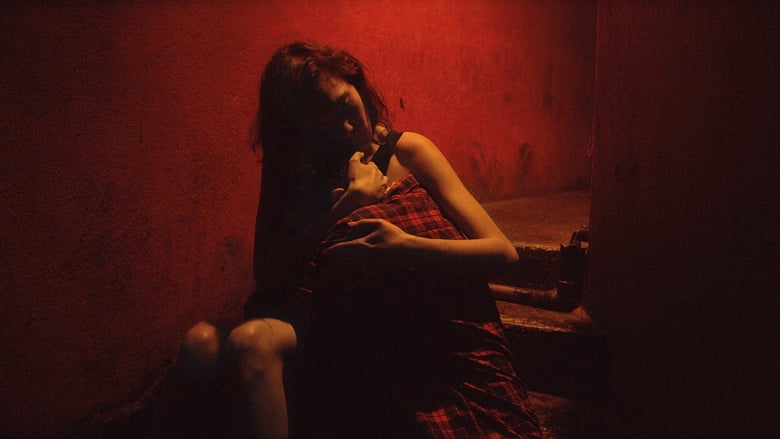
10. Shortbus (2006)
Shortbus, directed by John Cameron Mitchell (known for 'Hedwig and the Angry Inch'), is an unconventional and heartwarming ensemble film set in post-9/11 New York City. The film explores the interconnected lives of a diverse group of characters navigating their relationships, identities, and desires, all centered around an underground salon called Shortbus. What sets the film apart is its frank and celebratory depiction of various forms of intimacy and sexuality, featuring unsimulated sex scenes performed by the actors themselves, integrated naturally into the narrative. Mitchell's approach is one of earnest curiosity and empathy, portraying his characters' struggles with connection and fulfillment with humor and tenderness. It's a film that champions open communication and acceptance, presenting a hopeful and humanistic view of sex and relationships in the modern urban landscape.

9. Nymphomaniac: Vol. II (2013)
Nymphomaniac: Vol. II continues Lars von Trier's sprawling narrative, picking up Joe's story in her later life as she recounts it to Seligman. While Volume I focused on her younger years and awakening, Volume II delves into darker, more complex territory, exploring the consequences of her actions, her struggles with addiction, and her relationships with various men, including a memorable turn by Jamie Bell as a sadist. Uma Thurman also appears in a scene that is both darkly comic and heartbreakingly bitter. The film maintains the structure of chapters and philosophical digressions from Seligman, but the tone becomes heavier and more introspective. Von Trier doesn't offer easy answers, instead presenting Joe's life with a raw, unflinching honesty that forces the viewer to confront uncomfortable truths about desire, pain, and the human condition. It's a necessary conclusion to Joe's story, completing Von Trier's audacious cinematic experiment.

8. Nymphomaniac: Vol. I (2013)
Lars von Trier's Nymphomaniac: Vol. I is the first half of an ambitious, provocative, and often philosophical examination of one woman's life through her sexual experiences. The film begins with the discovery of Joe, beaten in an alley, who recounts her life story to the man who finds her, Seligman. Played by Charlotte Gainsbourg (with Stacy Martin portraying the younger Joe), the film delves into Joe's adolescence and young adulthood, exploring her journey of self-discovery and her relationships through a series of chapters, each framed by Seligman's intellectual interjections. Von Trier employs a mix of graphic realism, dark humor, and intellectual discourse to explore themes of desire, sin, and confession. It's a challenging film that demands attention, setting the stage for the second volume by establishing Joe's complex character and her unapologetic perspective on her life.

7. The Dreamers (2003)
Bernardo Bertolucci's The Dreamers is a sensual and nostalgic portrayal of youthful rebellion and awakening set against the backdrop of the 1968 student protests in Paris. The film follows Matthew, a young American student who becomes entangled in the lives of a peculiar French brother and sister, Théo and Isabelle. Living together in their parents' apartment, they engage in intense intellectual discussions, cinematic games, and sexual exploration while the world outside is in turmoil. Starring Michael Pitt, Eva Green (in her debut), and Louis Garrel, the film captures the heady mix of artistic passion, political idealism, and burgeoning sexuality that defined the era. Bertolucci infuses the film with references to classic cinema, creating a dreamlike, sometimes claustrophobic atmosphere that reflects the characters' isolation and their deep, complex bond.

6. Secretary (2002)
Secretary takes a surprisingly charming and darkly comedic approach to themes of BDSM and unconventional relationships. Starring Maggie Gyllenhaal in a breakthrough role and James Spader, the film centers on Lee Holloway, a young woman recently released from a psychiatric institution who finds employment as a secretary for a demanding lawyer, Mr. Grey. Their professional relationship quickly evolves into something far more complex and intimate, exploring themes of submission, control, and finding love in unexpected places. Gyllenhaal and Spader have incredible chemistry, grounding the film's peculiar premise with genuine emotion and vulnerability. It's a film that manages to be both explicit in its themes and tender in its execution, challenging societal norms about desire while being a genuinely affecting love story.

5. Crash (1996)
David Cronenberg's Crash is a controversial and provocative exploration of the intersection between technology, sex, and death. Based on J.G. Ballard's equally challenging novel, the film follows a group of people who find sexual arousal and gratification from car crashes and the resulting injuries. Starring James Spader and Holly Hunter, the film is less about plot and more about mood and theme, creating a sterile, almost clinical atmosphere that clashes with the visceral nature of the subject matter. Cronenberg treats the material with an unsettling seriousness, presenting this fetish not as a perversion but as a unique, albeit dangerous, form of human connection. It's a film that pushes boundaries and forces the audience to confront uncomfortable ideas about desire and the human body in the modern world. The film won a Special Jury Prize at Cannes, despite the controversy it generated.
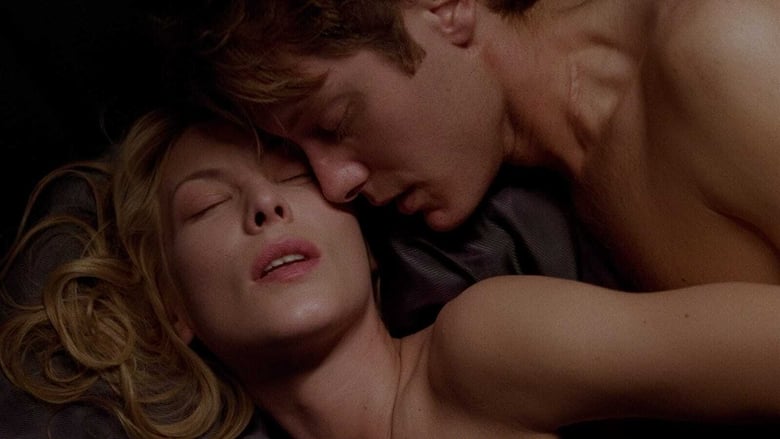
4. Eyes Wide Shut (1999)
Stanley Kubrick's final film, Eyes Wide Shut, is a hypnotic and enigmatic journey into the hidden desires and anxieties lurking beneath the surface of a seemingly perfect marriage. Starring Tom Cruise and Nicole Kidman at the height of their fame (and as a real-life couple), the film follows Dr. Bill Harford as he embarks on a surreal nocturnal odyssey after his wife Alice confesses a past fantasy. Inspired by Arthur Schnitzler's novella 'Traumnovelle', Kubrick crafts a visually stunning and psychologically complex exploration of fidelity, jealousy, and the allure of the forbidden. The film's atmosphere is thick with mystery and unease, drawing the viewer into a world of secret societies and masked encounters. It's a film that invites multiple interpretations and continues to spark debate decades later, a fittingly ambitious and cryptic swan song from a cinematic legend.
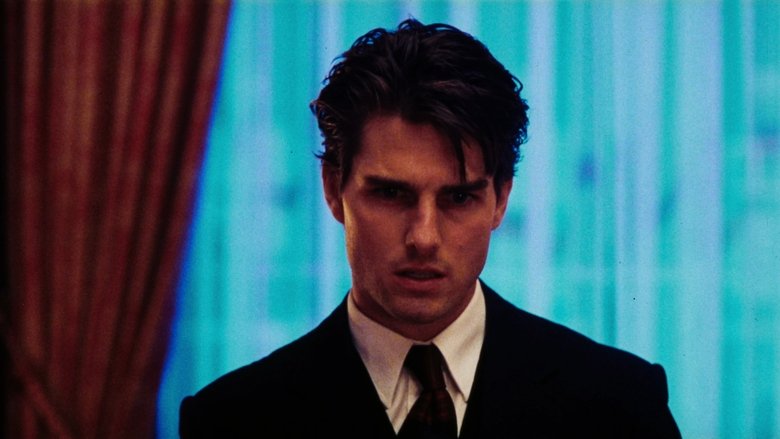
3. Shame (2011)
Steve McQueen's Shame delivers a stark and powerful look at addiction, specifically sex addiction, through the lens of Brandon, a successful New York executive played with devastating intensity by Michael Fassbender. The film pulls no punches in depicting Brandon's life, consumed by his compulsive behavior and inability to form genuine connections. Fassbender's performance is mesmerizing; he conveys the isolation and desperation of addiction through subtle gestures and anguished silences. Carey Mulligan is equally compelling as his troubled sister, Sissy, whose arrival disrupts Brandon's carefully constructed world. The film's often explicit nature is not gratuitous but essential to understanding the depth of Brandon's struggle and the emptiness it brings. McQueen's direction is precise and atmospheric, making New York City feel both sleek and isolating, perfectly mirroring Brandon's internal state. It's a raw, unflinching examination of a rarely depicted subject.

2. The Piano Teacher (2001)
The Piano Teacher, directed by the masterful Michael Haneke, is a chilling and deeply unsettling character study that earned Isabelle Huppert the Best Actress award at Cannes. Based on Elfriede Jelinek's Nobel Prize-winning novel, the film follows Erika Kohut, a severe and repressed piano professor in Vienna, whose rigid exterior hides a complex and disturbing inner life. Haneke doesn't shy away from depicting Erika's psychological struggles and her unconventional desires, exploring themes of control, submission, and the destructive nature of repression. Huppert's performance is utterly fearless and captivating, creating a portrait of a woman pushed to extremes. It's a challenging watch, certainly, but also a profoundly insightful look into the dark corners of the human psyche, executed with Haneke's signature clinical precision.

1. Blue Is the Warmest Color (2013)
Blue Is the Warmest Color isn't just a film; it's an immersive experience that swept the Palme d'Or at Cannes, a rare feat for a film centered on a relationship. Directed by Abdellatif Kechiche, it tells the story of Adèle and Emma, two young women whose lives intertwine after a chance encounter. What makes this film stand out is its raw, unflinching portrayal of first love, desire, and self-discovery. The performances by Adèle Exarchopoulos and Léa Seydoux are nothing short of extraordinary – they are so natural and committed that you feel like you're witnessing real lives unfold. The film's length allows for a deep dive into their emotional and physical journey, capturing the intensity and complexities of their connection in a way seldom seen on screen. It's a powerful, intimate epic about finding yourself through another person.
